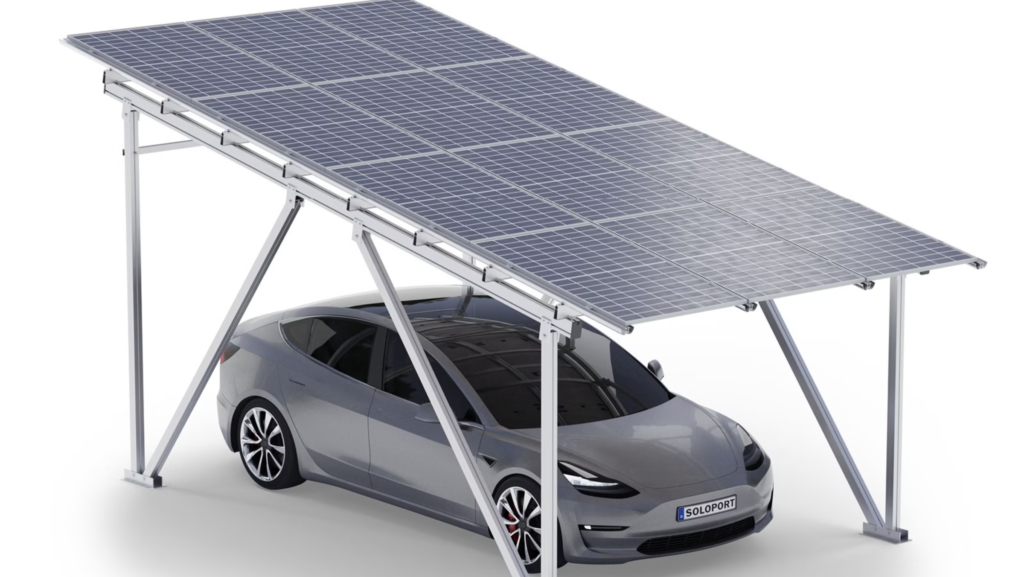Key Parameter Considerations for Matching Solar Panels with Inverters
Voltage Compatibility: Ensuring System Start-Up
The direct current (DC) voltage output of solar panels must align precisely with the input voltage range of the inverter. For instance, a 48V battery system requires solar panels configured to deliver a working voltage close to 48V, with an open-circuit voltage (Voc) not exceeding the inverter’s maximum input limit. If the panel voltage falls below the inverter’s minimum threshold, the system may fail to activate or trigger under-voltage protection. Conversely, exceeding the maximum voltage—such as connecting 48V panels to a 12V inverter—can cause irreversible damage to the inverter’s internal components.
In practical configurations, residential systems often use 24V or 48V setups to balance efficiency and safety, while commercial installations may adopt higher voltages (e.g., 200V–800V) to reduce transmission losses over long distances. For example, a 3kW residential system might pair 12 panels (each with a Voc of 38V) in series to achieve a total Voc of 456V, which fits within the input range of a 400V–600V inverter.
Power Rating Alignment: Avoiding Overload and Underutilization
The combined power output of solar panels should not exceed the inverter’s rated capacity by more than 10–15% to prevent overloading. However, a slight oversizing (e.g., 1.1:1 panel-to-inverter ratio) can optimize energy harvest in regions with high solar irradiance. For example, a 5kW inverter paired with 5.5kW of solar panels may capture more energy during peak sunlight hours than a perfectly matched 5kW system, as the inverter operates closer to its maximum efficiency point.
Conversely, under-sizing the panels (e.g., 4kW panels with a 5kW inverter) wastes the inverter’s capacity, reducing return on investment. Additionally, the inverter’s surge power rating—typically 1.5–2 times its continuous rating—must accommodate inductive loads like refrigerators or air conditioners, which draw high startup currents. A 5kW inverter with a 10kW surge capacity can safely manage a 3kW air conditioner’s initial power spike.
Current and Temperature Adaptability: Handling Environmental Fluctuations
Solar panels generate varying current outputs based on sunlight intensity and temperature. The inverter’s maximum input current must exceed the panels’ short-circuit current (Isc) under standard test conditions (STC) to avoid clipping losses. For instance, if panels have an Isc of 10A, the inverter should support at least 12A to accommodate real-world variations.
Temperature also plays a critical role. Panel efficiency drops by 0.3–0.5% per degree Celsius above 25°C, reducing voltage and current. In hot climates, a system designed with panels rated for 40°C operation ensures the inverter receives sufficient power even during heatwaves. Conversely, in cold regions, the Voc increases by 2–3% per degree Celsius below 25°C, requiring the inverter’s maximum input voltage to account for potential overvoltage scenarios during winter mornings.
Efficiency Curves and MPPT Tracking: Maximizing Energy Conversion
Inverters with multiple maximum power point tracking (MPPT) channels can optimize energy harvest from panels with mismatched orientations or shading. For example, a roof with east- and west-facing panels benefits from an inverter with dual MPPT inputs, as each channel adjusts the voltage-current ratio independently to extract maximum power from each subgroup.
The inverter’s peak efficiency (often 97–99%) occurs near its rated power output, but efficiency may drop below 90% at loads below 20% of its capacity. Selecting an inverter sized close to the average daily energy production—rather than the peak output—ensures higher overall efficiency. For instance, a system generating 20kWh daily might use a 6kW inverter instead of a 10kW model to maintain efficiency during low-output periods like cloudy afternoons.
Communication Protocols and Smart Features: Enabling System Integration
Modern inverters often require compatibility with battery management systems (BMS) or home energy management platforms via protocols like CAN (for high-voltage batteries) or RS485 (for low-voltage systems). A mismatch in protocols can prevent the inverter from receiving critical data such as battery state of charge (SoC), leading to suboptimal charging or discharging.
Smart inverters with built-in monitoring allow users to track energy production, consumption, and grid interactions in real time. Features like dynamic voltage regulation or frequency shifting can also support grid stability during peak demand periods, making the system eligible for utility incentives in regions with demand-response programs.


